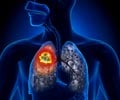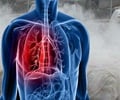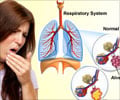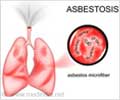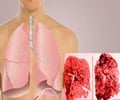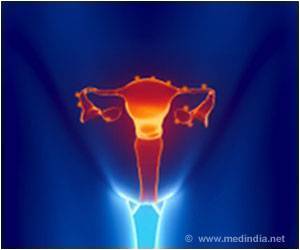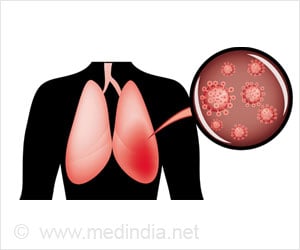A new study has found how seemingly healthy cells may hide the clues that lung cancer may develop later
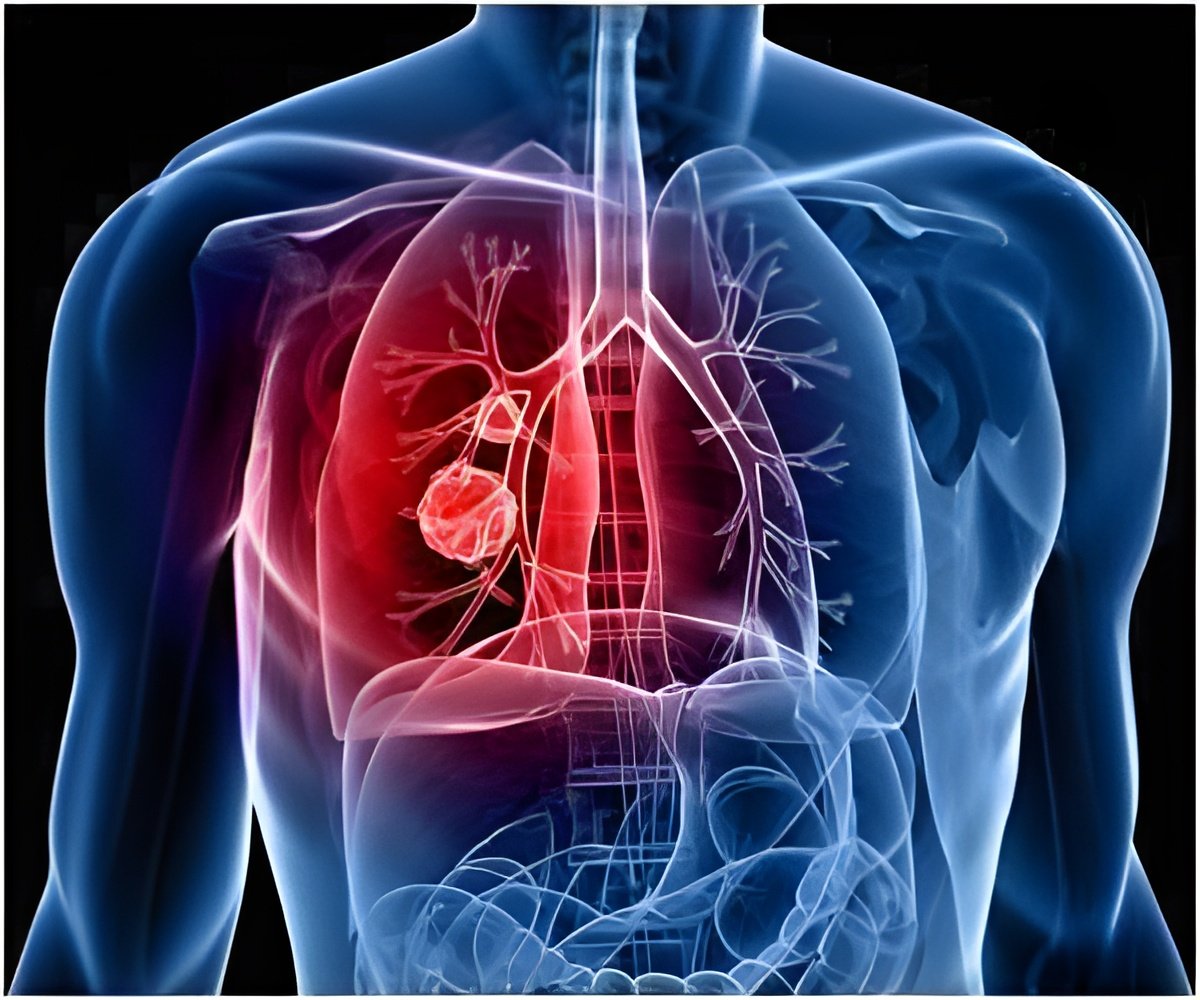
"We believe this study has a "double whammy" application," said study lead author Humam Kadara, Ph.D., assistant professor, Translational Molecular Pathology at MD Anderson. "These cancer-associated changes that distinguish the airways of smokers with lung cancer and healthy smokers may help us diagnose lung cancer earlier and develop more effective strategies for treatment."
Field cancerization may yield answers
Lung cancer is the leading cause of cancer death in men and women in the United States. The American Cancer Society estimates more than 224,000 cases are diagnosed each year, and more than 159,000 people die of the disease. Almost 90 percent of lung cancers are NSCLC.
Symptoms of lung cancer usually don't appear until the disease is advanced and untreatable. Although it's believed to start as pre-cancerous changes in the lung, little is known about those changes that lead to lung cancer.
Field cancerization (FC) is a phenomenon in which large areas of cells are affected by a cancer-causing event, such as smoking. This is the first effort to comprehensively examine gene expression, known as the transcriptome, of the adjacent airway field cancerization in NSCLC.
Advertisement
Potentially cancer-causing genes discovered
Researchers identified 1,661 differentially expressed gene features between tumors and airways compared with normal lung tissue. A subset of these changes was much more prevalent in lung-cancer patients than cancer-free smokers.
In addition, 422 genes, and key cancer-associated signaling pathways, were progressively expressed in airways, with a more intense presence closer to the tumor and tapering at further distances. This gradient site-dependent effect is consistent with NSCLC expression patterns.
Furthermore, higher levels of LAPTM4B, a gene that has been found in liver, lung, breast, ovarian and gastric cancers, were found in airways closer to tumors. It also aids in autophagy, a self-cannibalization mechanism that helps cells survive. LAPTM4B overexpression can cause resistance to certain types of chemotherapy.
"This is the first time the role of this gene in lung cancer has been studied," Kadara said. "It was highly over-expressed in adjacent normal cells, indicating the possibility of future detection and treatment strategies."
Larger studies of other lung cancer subtypes planned
The research group plans to move forward with more-advanced technology and larger populations to investigate field cancerization in other lung cancer subtypes, such as small-cell lung cancer, in smokers and in lung cancers that develop in non-smokers.
"We're just beginning to understand the relevance of airway field cancerization to lung cancer detection and development of treatment and prevention strategies," Kadara said.
Source-Eurekalert

